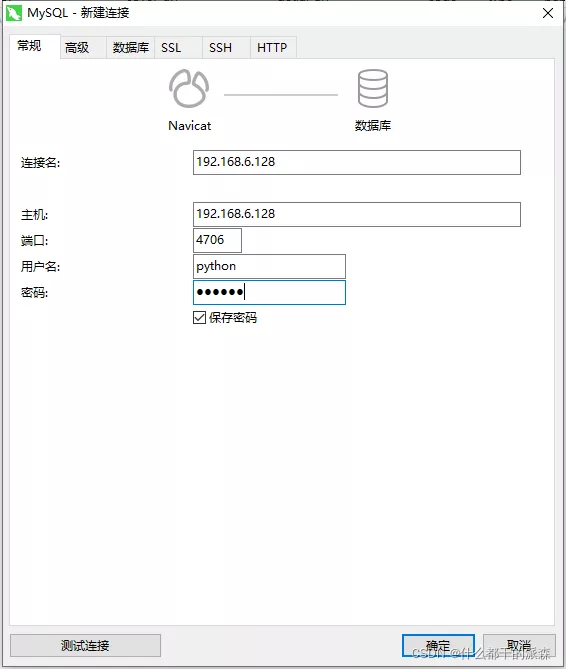当前位置:网站首页>Redis source code learning (30), dictionary learning, dict.h
Redis source code learning (30), dictionary learning, dict.h
2022-07-07 04:02:00 【Traceless meaning】
Preface
After our unremitting efforts , Finally, I finished learning the complex compressed list , Although I have finished my study , But you still need to review often , Reviewing the old and knowing the new can be a teacher , Otherwise, wouldn't it be a cursory study , Then forget the light .
Today I begin to learn a new data structure , Dictionaries , The dictionary is Redis There are many application scenarios , Like other data structures, let's first learn about its header file dict.h .
1 Dictionaries
stay Redis in , A dictionary is made up of hash tables , The hash table is composed of many hash nodes , The position of each hash node will calculate a hash value according to the key value to determine its position in the hash table .
2 Structure definition
2.1 dictEntry
typedef struct dictEntry {
void *key;// Key value
union {
void *val;
uint64_t u64;
int64_t s64;
double d;
} v;// value
struct dictEntry *next;// The next node in a hash bucket
} dictEntry;
This structure is the definition of hash node , There are 3 Key attributes ,key、v、next, Each represents a key 、 value 、 The next hash node with the same hash value , In the hash table, the hash node may calculate the same index position , Also known as hash conflict , At this time, you need to link these hash nodes at the same location .
2.2 dictType
typedef struct dictType {
unsigned int (*hashFunction)(const void *key);// Calculation hash value
void *(*keyDup)(void *privdata, const void *key);// Copy key
void *(*valDup)(void *privdata, const void *obj);// Copy value
int (*keyCompare)(void *privdata, const void *key1, const void *key2);// Compare key values
void (*keyDestructor)(void *privdata, void *key);// Key delete
void (*valDestructor)(void *privdata, void *obj);// Value delete
} dictType;
This structure is some method definitions of hash table
2.3 dictht
typedef struct dictht {
dictEntry **table;// Hash node pointer array
unsigned long size;// The length of the hash table
unsigned long sizemask;// Mask of hash table length , Generally equal to size -1
unsigned long used;// Number of hash nodes
} dictht;
This structure is the definition of hash table , There are 4 Attributes table 、size、sizemask、used, among size Indicates the length of the hash table ,sizemask It is used to calculate the index value of hash node ,used Indicates the number of hash nodes in the hash table .
2.4 dict
typedef struct dict {
dictType *type; // Type function structure pointer
void *privdata;// Private data
dictht ht[2]; // Hashtable ,2 individual
long rehashidx; /* rehashing not in progress if rehashidx == -1 */ //rehashidx speed of progress
int iterators; /* number of iterators currently running */ // Number of iterators currently running
} dict;
This connector is the definition of a dictionary , The structure has 5 Attributes .
You can see dict It defines two dictht, The function of the two hash tables is to better solve the hash conflict and expand or shrink the hash table , Conduct rehash action , It is to recalculate the index of the hash node of the first hash table and put it into the new hash table .
rehashidx This attribute represents the current rehash Progress .
3 Macro definition
#define dictFreeVal(d, entry) \ if ((d)->type->valDestructor) \ (d)->type->valDestructor((d)->privdata, (entry)->v.val)
#define dictSetVal(d, entry, _val_) do {
\ if ((d)->type->valDup) \ entry->v.val = (d)->type->valDup((d)->privdata, _val_); \ else \ entry->v.val = (_val_); \ } while(0)
#define dictSetSignedIntegerVal(entry, _val_) \ do {
entry->v.s64 = _val_; } while(0)
#define dictSetUnsignedIntegerVal(entry, _val_) \ do {
entry->v.u64 = _val_; } while(0)
#define dictSetDoubleVal(entry, _val_) \ do {
entry->v.d = _val_; } while(0)
#define dictFreeKey(d, entry) \ if ((d)->type->keyDestructor) \ (d)->type->keyDestructor((d)->privdata, (entry)->key)
#define dictSetKey(d, entry, _key_) do {
\ if ((d)->type->keyDup) \ entry->key = (d)->type->keyDup((d)->privdata, _key_); \ else \ entry->key = (_key_); \ } while(0)
#define dictCompareKeys(d, key1, key2) \ (((d)->type->keyCompare) ? \ (d)->type->keyCompare((d)->privdata, key1, key2) : \ (key1) == (key2))
#define dictHashKey(d, key) (d)->type->hashFunction(key)
#define dictGetKey(he) ((he)->key)
#define dictGetVal(he) ((he)->v.val)
#define dictGetSignedIntegerVal(he) ((he)->v.s64)
#define dictGetUnsignedIntegerVal(he) ((he)->v.u64)
#define dictGetDoubleVal(he) ((he)->v.d)
#define dictSlots(d) ((d)->ht[0].size+(d)->ht[1].size)
#define dictSize(d) ((d)->ht[0].used+(d)->ht[1].used)
#define dictIsRehashing(d) ((d)->rehashidx != -1)
4 API
dict *dictCreate(dictType *type, void *privDataPtr);
int dictExpand(dict *d, unsigned long size);
int dictAdd(dict *d, void *key, void *val);
dictEntry *dictAddRaw(dict *d, void *key);
int dictReplace(dict *d, void *key, void *val);
dictEntry *dictReplaceRaw(dict *d, void *key);
int dictDelete(dict *d, const void *key);
int dictDeleteNoFree(dict *d, const void *key);
void dictRelease(dict *d);
dictEntry * dictFind(dict *d, const void *key);
void *dictFetchValue(dict *d, const void *key);
int dictResize(dict *d);
dictIterator *dictGetIterator(dict *d);
dictIterator *dictGetSafeIterator(dict *d);
dictEntry *dictNext(dictIterator *iter);
void dictReleaseIterator(dictIterator *iter);
dictEntry *dictGetRandomKey(dict *d);
unsigned int dictGetSomeKeys(dict *d, dictEntry **des, unsigned int count);
void dictPrintStats(dict *d);
unsigned int dictGenHashFunction(const void *key, int len);
unsigned int dictGenCaseHashFunction(const unsigned char *buf, int len);
void dictEmpty(dict *d, void(callback)(void*));
void dictEnableResize(void);
void dictDisableResize(void);
int dictRehash(dict *d, int n);
int dictRehashMilliseconds(dict *d, int ms);
void dictSetHashFunctionSeed(unsigned int initval);
unsigned int dictGetHashFunctionSeed(void);
unsigned long dictScan(dict *d, unsigned long v, dictScanFunction *fn, void *privdata);
5 Learning summary
- Redis Chinese dictionary has two hash tables .
- Redis In order to better resolve hash conflicts rehash action , Recalculate the hash value of the hash node .
- Hash node dictEntry The pointer of the next hash node with the same index position is recorded in , Easy to find and traverse .
- Several structures involved in the dictionary are dict、dictht、dictEntry Represent dictionary respectively 、 Hashtable 、 Hash node .
- dictht Contains an array of hash nodes .
边栏推荐
猜你喜欢
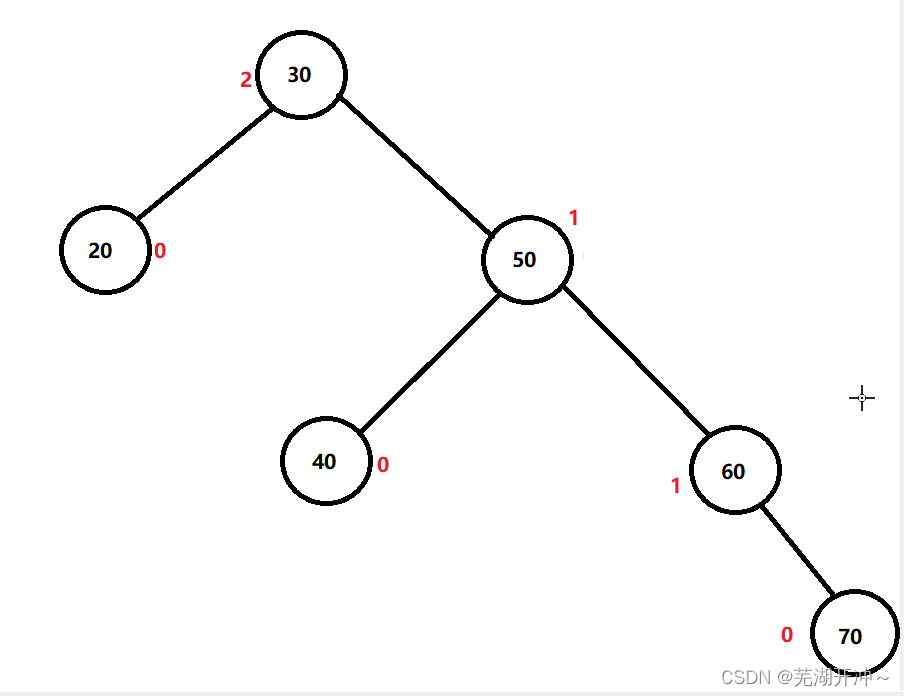
Simple implementation of AVL tree insertion and verification operations

R data analysis: how to predict Cox model and reproduce high score articles
Docker部署Mysql8的实现步骤

QT 项目 表格新建列名称设置 需求练习(找数组消失的数字、最大值)
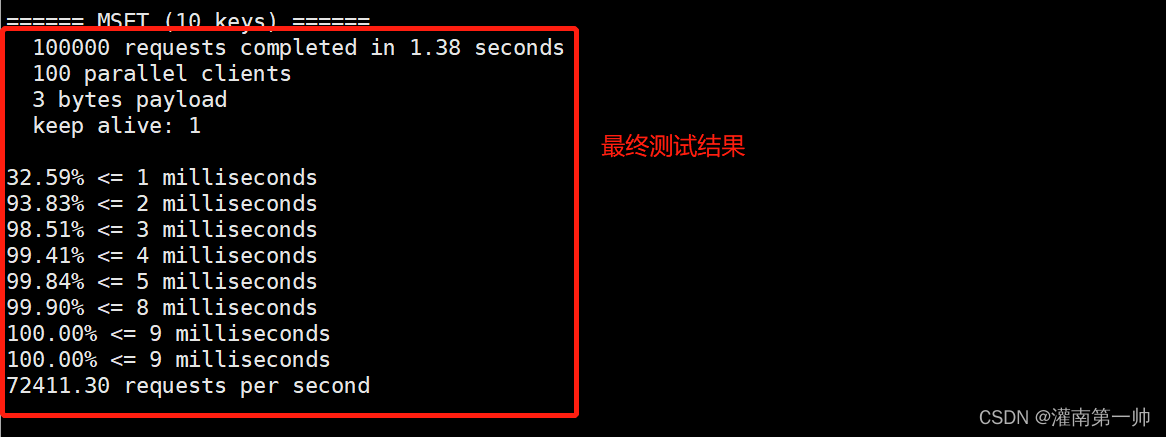
Redis configuration and optimization of NoSQL
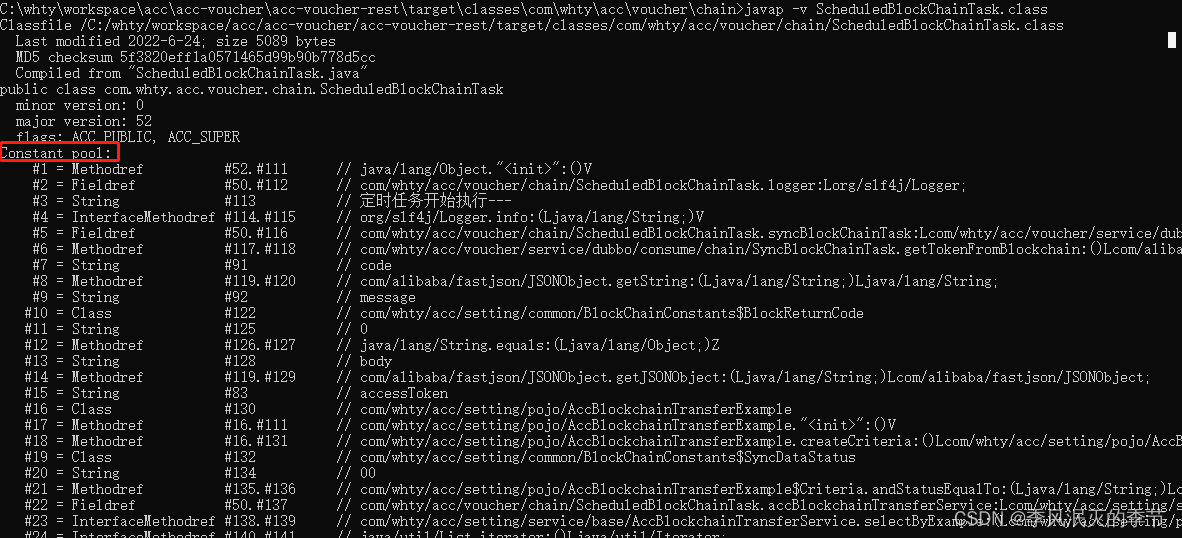
Class常量池与运行时常量池
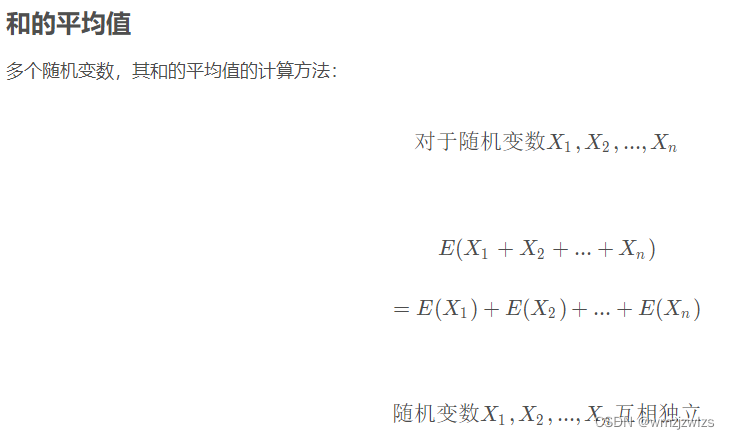
概率论公式
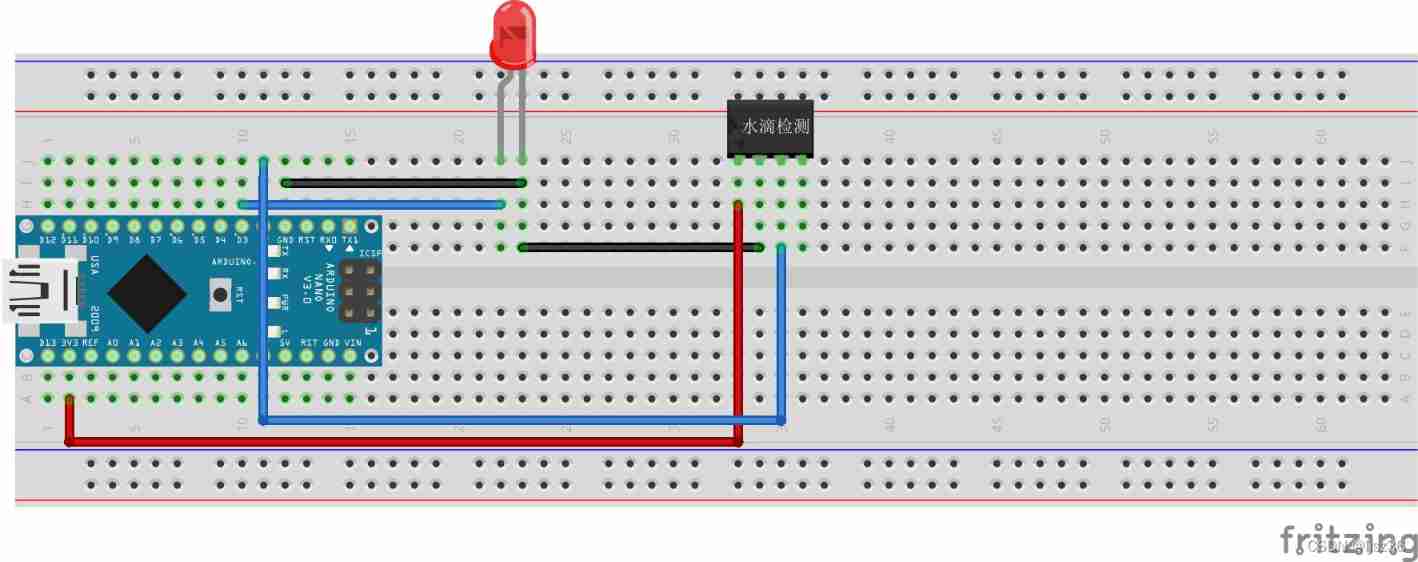
Arduino droplet detection

Construction of Hisilicon universal platform: color space conversion YUV2RGB
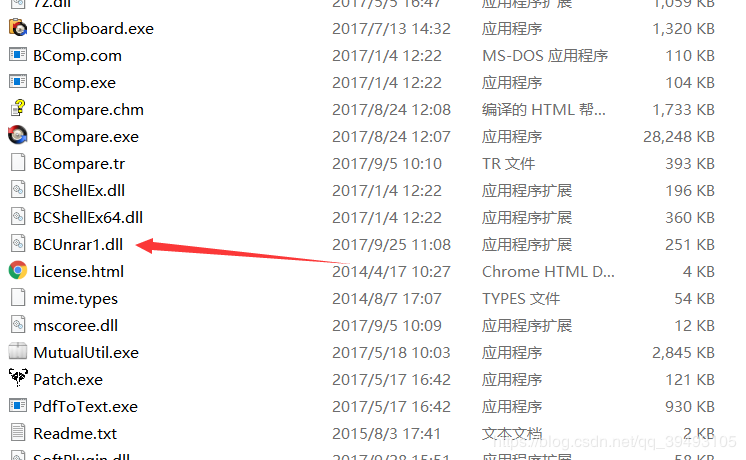
Some common software related
随机推荐
卡尔曼滤波-1
Codeworks 5 questions per day (1700 average) - day 7
A 股指数成分数据 API 数据接口
[development software] tilipa Developer Software
First understand the principle of network
Antd Comment 递归循环评论
Mysql-数据丢失,分析binlog日志文件
PHP 实现根据概率抽奖
Gpt-3 is a peer review online when it has been submitted for its own research
Kalman filter-1
Class常量池与运行时常量池
POJ培训计划2253_Frogger(最短/floyd)
Calculation of time and space complexity (notes of runners)
Storage of data
termux设置电脑连接手机。(敲打命令贼快),手机termux端口8022
Summer 2022 daily question 1 (1)
AVL树插入操作与验证操作的简单实现
MySQL storage engine
Termux set up the computer to connect to the mobile phone. (knock the command quickly), mobile phone termux port 8022
VHDL implementation of single cycle CPU design
